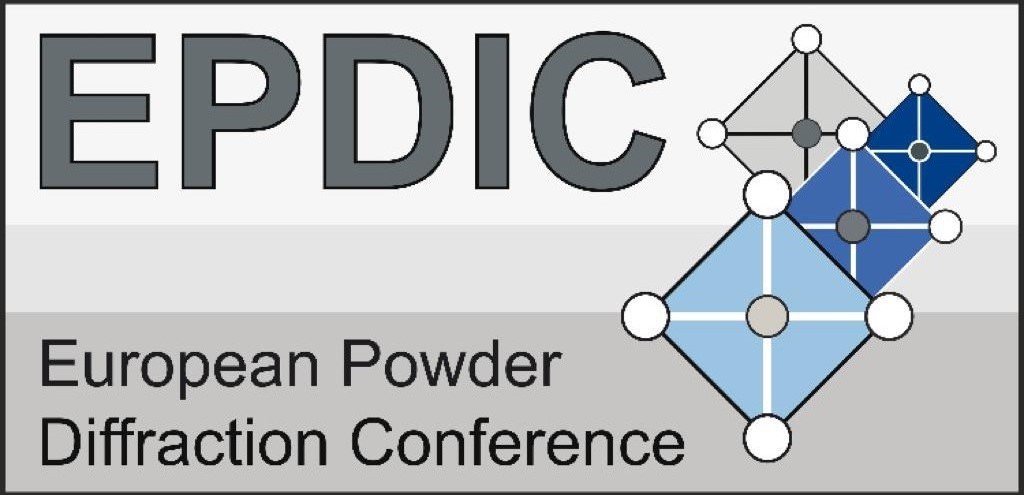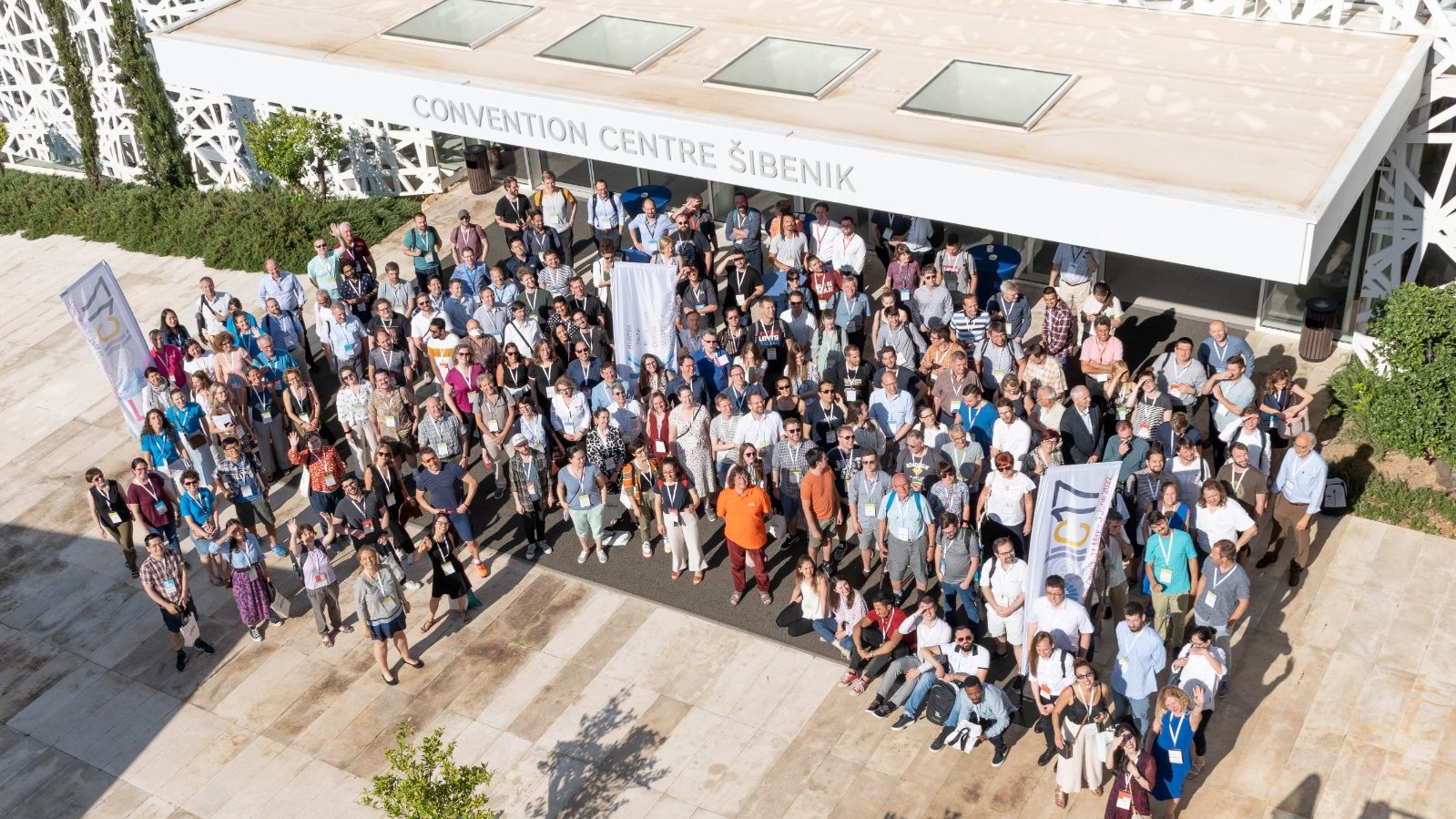R1. The Committee should be composed of scientists of international reputation who are elected for the period of the next three EPDIC Conferences. The Chairman is elected by the Committee members (by majority vote) for three EPDICs (or in any case for a maximum of 6 years) and can be re-elected only once. He can however continue to serve as a Committee member for the period of the next three EPDIC Conferences. 1/3 of the Committee is to be renewed every EPDIC Conference (a minimum of 2 members must be renewed). Re-election for one term only is possible. The renewal process started at EPDIC-7.
Suggestions for renewal can be presented also by people not present at the EPDIC Conference; all suggestions will be taken into account during the renewal process.
R2. The EPDIC Committee should represent as much as possible the fields of interest in powder diffraction and the regional distribution over Europe. Addition or removal of Committee members are possible at any time in order to pursue these aims, on the basis of Committee decisions. New members may be proposed by national societies related to powder diffraction, corresponding interest groups, or invited by the existing Committee members.
R3. The Chairmen or representatives of the IUCr Commission on Powder Diffraction and ICDD are ex-officio members of the Committee, in case representatives are not already included as Committee members.
R4. The EPDIC Committee should:
(a) meet during EPDICs in order to ensure the presence of Committee members and allow issues to be openly diffused to the powder diffraction community;
(b) approve the place and date of EPDIC Conferences on the basis of proposals from prospective organizers. The Committee ensures independence and free choice of location and time of the EPDIC’s: EPDIC may be organized as separate meetings or coordinated with other activities;
(c) be included in the Scientific Program Committee (SPC) of each EPDIC event;
(d) ensure together with the Chairman of the EPDIC organizing committee the smooth publication of the Conference proceedings;
(e) decide on other matters related to the field of powder crystallography
R5. The Chairman of the EPDIC Committee and the Chairman of the specific EPDIC conference (local organizer) are co-chairs of the SPC of the given EPDIC conference.
R6. The local organizer (Chairman of the specific EPDIC conference) must be a member of the EPDIC Committee. If a local organizer is proposed who is not among the members, then he/she is elected ex-officio member starting on the conference before the one he/she is asked to organize. The local organizer creates a Local Organizing Committee, freely selecting members on his own. The local organizer may ask the EPDIC Committee to include a few additional members in the SPC, to integrate specific competence that might not be present in the Committee. To this purpose he/she may submit a list of proposed SPC members on approval of the EPDIC Committee (the whole procedure can be carried out by e-mail). The so-composed SPC decides on all the matters related to the scientific programme of the EPDIC, including award winner (see previous point), list of main conference topics, plenary speakers and distribution of oral/poster contributions.
R7. The local organizer, in agreement with the SPC, may make at any moment modifications (e.g., changing session names, adding/removing sessions, moving contributions from oral to poster and vice-versa) that might be necessary to better adapt the schedule and the scientific programme to the submitted abstracts and overall organization of the conference.
R8. The EPDIC Committee awards a prize to:
(a) young scientists for outstanding scientific achievements in the field of powder diffraction (formerly: The EPDIC award). The award winner is invited to present a plenary talk at the next European Powder Diffraction Conference. Short proposals of candidates containing descriptions of the scientific contributions to be assessed should be addressed to any member of the Scientific Program Committee who is asked to make names public within this committee. As a rule, an age limit of 35 applies to the candidates.
(b) distinguished powder diffractionists for outstanding results and/or continued, important contributions to the field of powder diffraction. This prize was awarded for the first time during the EPDIC-11 Conference. The award winner is invited to present a plenary talk at the next European Powder Diffraction Conference. Short proposals of candidates containing descriptions of the scientific contributions to be assessed should be addressed to any member of the Scientific Program Committee who is asked to make names public within this committee.
History of the rules:
August 1998: rules proposed and voted at EPDIC-6
September 1999: R1 slightly modified by e-mail majority vote of members
September 2004: Point (c) of R4 and rules R5, R6 and R7 have been added.
September 2006: Rules 8a and 8b have been added.

